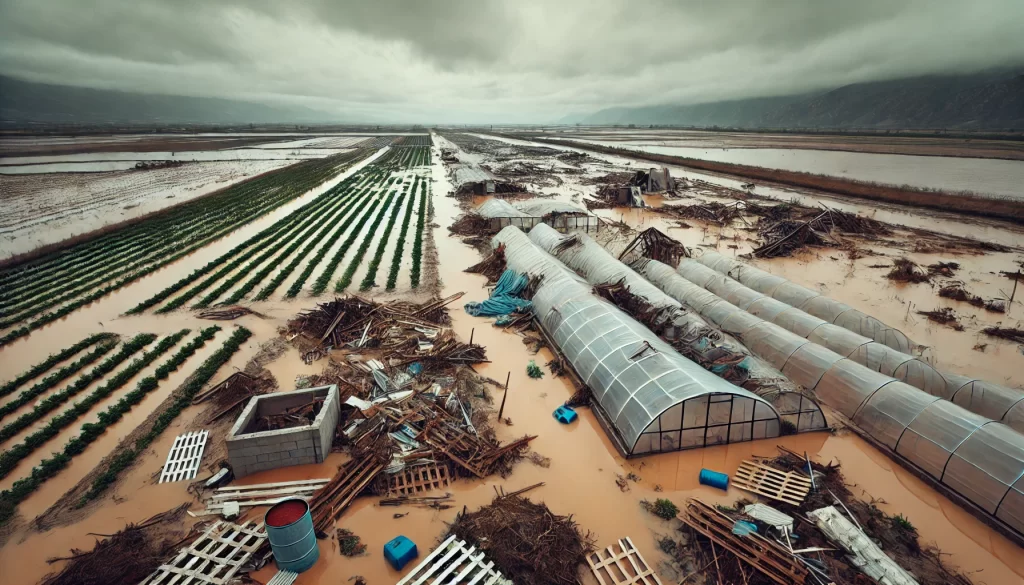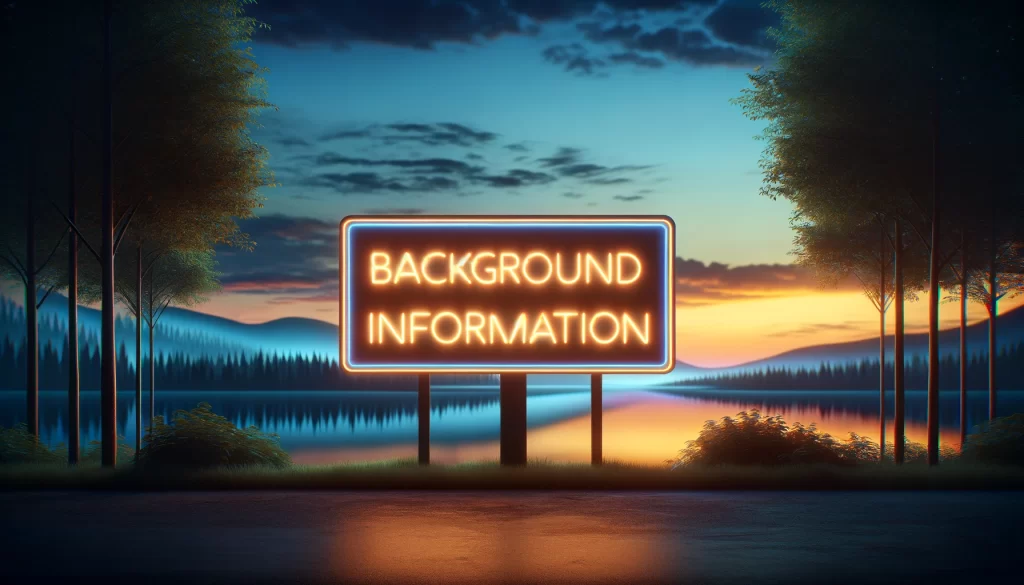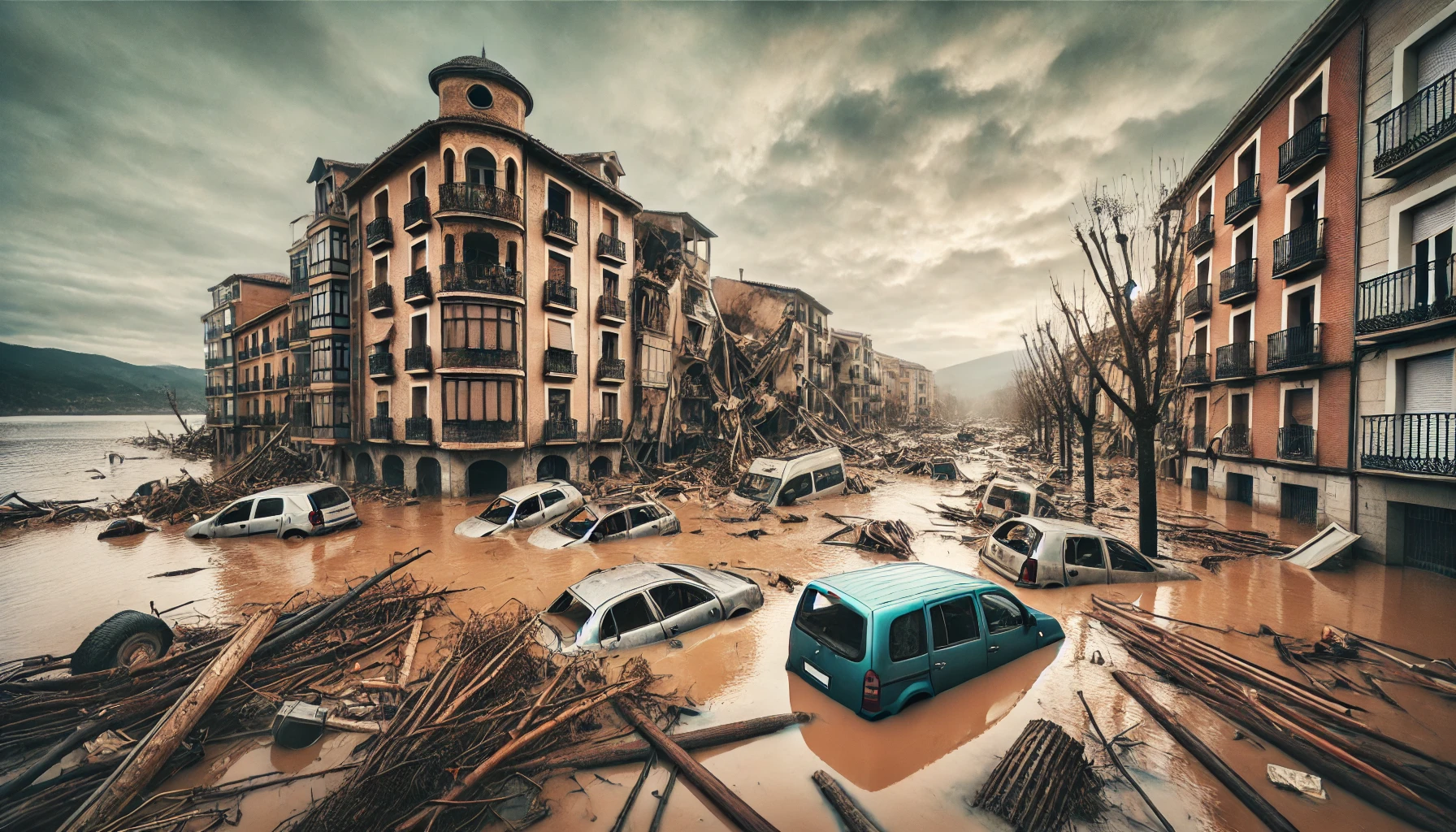In eastern Spain, severe flash floods have taken over 150 lives and left a trail of destruction, as the country faces its deadliest natural disaster in decades. The flooding, which hit on Tuesday and continued into Thursday, struck the region surrounding the city of Valencia hardest, causing rivers to overflow, streets to transform into torrents, and forcing thousands from their homes.
A Sudden and Catastrophic Downpour
The floodwaters rose with startling speed. In some areas, such as Chiva, Valencia, the downpour brought an entire year’s worth of rain in just eight hours. This “extraordinary” deluge, as described by Spain’s meteorological agency, overwhelmed the dry, hard ground, causing flash floods that swept away cars, trees, and even parts of buildings. In the town of Utiel, witnesses said it felt like an “apocalypse” as heavy rain mixed with mud and debris, reaching up to three meters (10 feet) high in some places.
Diego Hernandez, who was driving with his wife near Valencia, had to escape his car as floodwaters surrounded them. Stranded on a tree with debris swirling around, he described the scene as nothing short of an “apocalypse.” Others found themselves in similar situations, with cars piling on top of each other and household items floating through the streets. People scrambled for safety, climbing onto rooftops, trees, and anything that could keep them above the rapidly rising water.
Widespread Damage and Loss of Life
The Valencia region bore the brunt of the disaster, with 155 lives lost, while other regions, including Castilla-La Mancha and Andalusia, also reported fatalities. Prime Minister Pedro Sánchez, along with the King of Spain, visited the affected areas, pledging that the government would not leave those affected to face this tragedy alone. The government declared three days of mourning to honor the victims and is preparing an emergency aid package for those affected.
The damage to infrastructure has been severe. Valencia’s transport minister, Óscar Puente, stated that main roads were destroyed, and sections of the subway and high-speed train service to Madrid would be closed for weeks. “The entire regional road network is seriously damaged,” he noted, highlighting how the disaster had left many areas isolated. Key services such as electricity and drinking water remain out for thousands of residents, while parts of the country’s transportation system are in disarray, including road and rail closures.

Struggles in the Aftermath
Survivors are now beginning the painful process of recovery. Emergency shelters were set up in places like a local basketball hall and even an IKEA store. Some displaced residents, such as Toni Zamorano, have not yet been able to return to their homes. Zamorano, whose car was swept away, found temporary refuge in a shelter but expressed worry about the devastation he would face upon his return. “My whole town must be devastated, and I don’t know what my home is like,” he shared.
Rescue teams continue to search for victims trapped in homes or vehicles submerged in layers of mud. A local rescuer reported seeing “bodies floating past” on the highway near Valencia. More than 1,000 soldiers have joined emergency workers in searching house by house and clearing roads. At one site alone, seven bodies were discovered in an underground garage. There are still fears that many victims remain unaccounted for.
The Impact of Climate Change
As Spain mourns, experts warn that these catastrophic events may become more common. This region is accustomed to autumn storms, but climate change has made such events more intense and frequent. Scientists from World Weather Attribution linked the extreme rainfall to climate change, noting that human-driven climate impacts have doubled the likelihood of events like this storm. The Mediterranean’s rising sea temperatures have intensified the moisture and instability in the atmosphere, leading to heavier downpours and more severe storms.
“Spain is a country used to drought, but with climate change, we’re seeing more frequent and intense weather,” said Teresa Ribera, Spain’s environment minister. Indeed, Spain has been suffering from drought for nearly two years, which only exacerbated the flash floods as dry soil could not absorb the rain quickly enough, contributing to the sudden rise in water levels.
Calls for Unity and Assistance
With parts of the region still unreachable, many residents are walking through mud and debris to find essentials like food and water. Some had to push shopping carts through the flooded streets while carrying their children to keep them out of the mud. In addition to the loss of life, local farms and greenhouses, key sources of Spain’s produce, have been devastated. The government is offering financial assistance, with the Valencia regional president announcing a minimum of €6,000 for each family affected as part of a broader aid package.
As the rain clouds begin to lift, Spain faces the challenge of rebuilding homes, communities, and lives. Prime Minister Sánchez urged everyone to stay safe, promising continued support and resources to help those affected by one of Spain’s worst natural disasters in living memory.
This article is based on the following articles:
https://www.nytimes.com/2024/10/31/world/europe/spain-floods-valencia.html

Background Information
1. Geography of Spain and Vulnerable Areas
- Spain is located in southwestern Europe, with a long Mediterranean coastline. The region where these floods occurred, near the city of Valencia, is on Spain’s eastern coast and is one of the more densely populated and agriculturally productive areas.
- The Mediterranean coast can experience extreme weather changes due to its warm sea surface temperatures and proximity to mountainous regions. These factors can trap and intensify storm systems, making coastal areas particularly vulnerable to heavy rains and flooding.
2. Understanding Flash Floods
- Flash floods are sudden floods caused by intense rainfall in a short period. They often happen in places where the ground is too dry to absorb water quickly or in areas with little vegetation. In cities, roads and concrete prevent water from soaking into the ground, so rain flows into streets and rivers, quickly raising water levels.
- Flash floods can be especially dangerous because they happen quickly, giving people little time to escape. These floods can carry heavy debris, including trees, cars, and even parts of buildings, causing serious destruction.
3. What Causes Heavy Rainfall?
- Storm systems that bring heavy rains often form when warm, moist air rises and cools, leading to condensation and rain. When warm ocean water evaporates, it can increase the amount of moisture in the air, leading to heavier rainfall.
- In the fall, the Mediterranean Sea is usually still warm from the summer. As cooler air moves in from northern regions, the warm sea air rises rapidly, creating strong storms and heavy rainfall. This type of weather pattern is common in the autumn along the Mediterranean, but climate change has made these storms more severe.
4. Role of Climate Change
- Climate change is leading to more extreme weather events, like floods, hurricanes, and heatwaves. Warmer temperatures increase the amount of moisture the atmosphere can hold, which can lead to heavier rain. When these storms occur, they’re often more intense than in the past.
- Scientists have studied how climate change affects rainfall and storms, finding that as global temperatures rise, storms are likely to become more frequent and severe, especially in areas already prone to them. The increased heat in the Mediterranean waters is a specific factor that contributes to such powerful storms on Spain’s coast.
5. Why This Area of Spain Was Especially Hard-Hit
- Long-term drought has affected Spain for almost two years, causing the soil to become dry and compact. Dry soil cannot absorb water quickly, so when heavy rain falls, water flows over the surface, leading to flash floods. This drought also made the plants and trees in the region weaker, so they were more easily swept away by the rushing water, adding to the debris in the floods.
- Spain’s eastern coast, especially areas like Valencia, is heavily populated, with towns and cities that grew around rivers and other water sources. However, these rivers can become dangerous when storms increase their water levels, especially in a flash flood.
6. Government and Emergency Response
- When natural disasters occur, local, regional, and national governments coordinate emergency responses. In Spain, the Military Emergencies Unit (UME) assists in rescue operations, such as pulling people out of flooded homes or stranded cars. The national and regional governments often provide financial aid and relief supplies for affected communities.
- Emergency shelters are opened to house people who lost their homes or can’t return home due to flooding. Temporary shelters are often set up in schools, sports halls, or other large buildings.
7. Importance of Precautions and Emergency Warnings
- When the government issues warnings during severe weather, people are advised to stay indoors and avoid traveling. Taking precautions, like staying on higher ground, can prevent people from getting caught in flash floods.
- Governments often use text alerts, emergency broadcast systems, and social media to keep people informed during natural disasters, so it’s essential to stay updated and follow official advice.
Please subscribe to Insight Fortnight, our biweekly newsletter!
